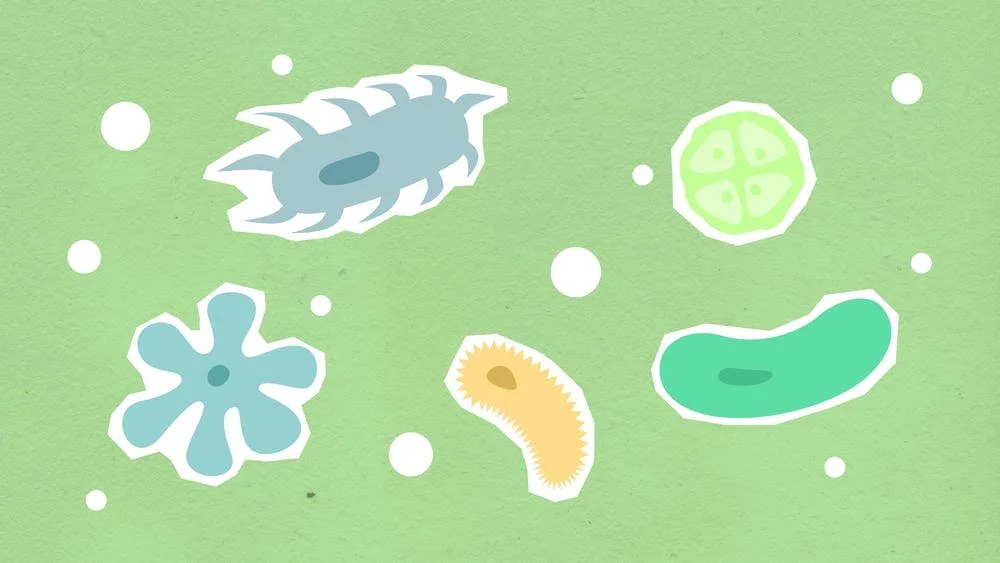The Natural History of Viruses
Microbes are the dark matter of the living world. To view them through the narrow lens of disease and devastation, would be doing an enormous disservice to them. A subsection of microbes, viruses are the largest primary energy producers on Earth, and regulate the bulk of Earth’s carbon-oxygen cycle. Viruses are a part of us—billions of diverse microbes and viruses live within our gut, inside our lungs, and skin. Though we have discovered 5600 species of viruses, many more exist; we cannot outnumber or outmatch them.
This talk by Pranay Lal delved into the expansive history of viruses to reconfigure our relationship with them. Though we live in fear of viruses, this talk argued that we have to find a way to make peace with them, and move towards a renewed understanding of their role in ecology and society.
About the Natural History Writer
Pranay Lal is a biochemist by training and works for a non-profit organisation on public health. He has been a caricaturist for newspapers, an animator for an advertising agency, and an environmental campaigner. His first book, Indica: A Deep Natural History of the Indian Subcontinent (Allen Lane, December 2016) won the best non-fiction debut award at the Tata Lit Fest in 2017, among other awards. His most recent, Invisible Empire: The Natural History of Viruses (Viking) was released in November 2021.









